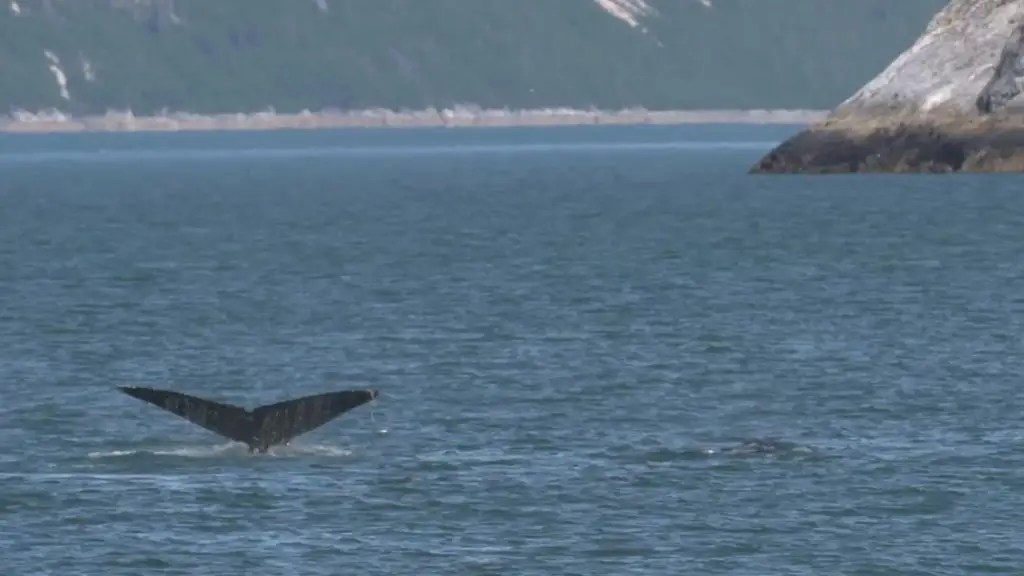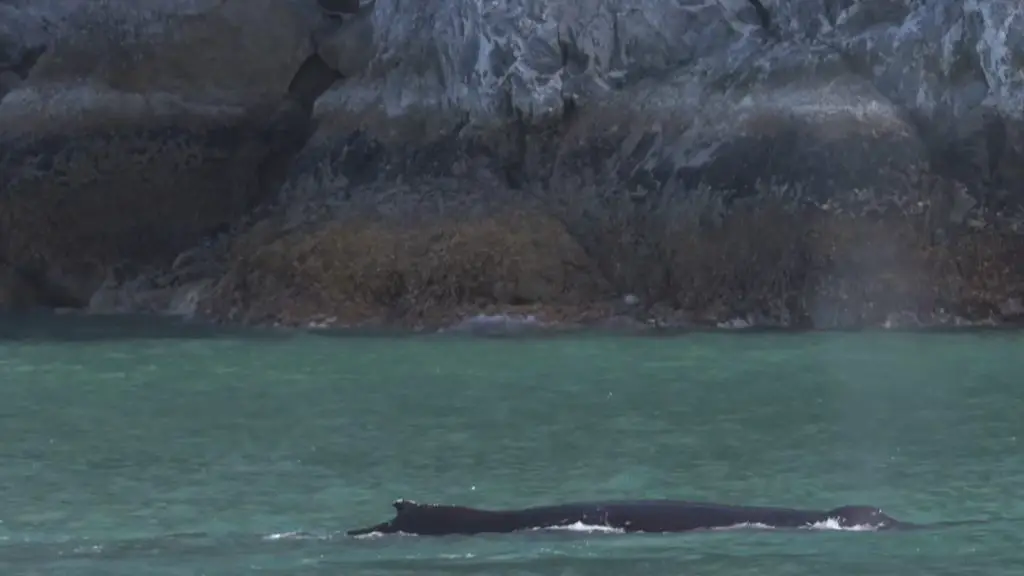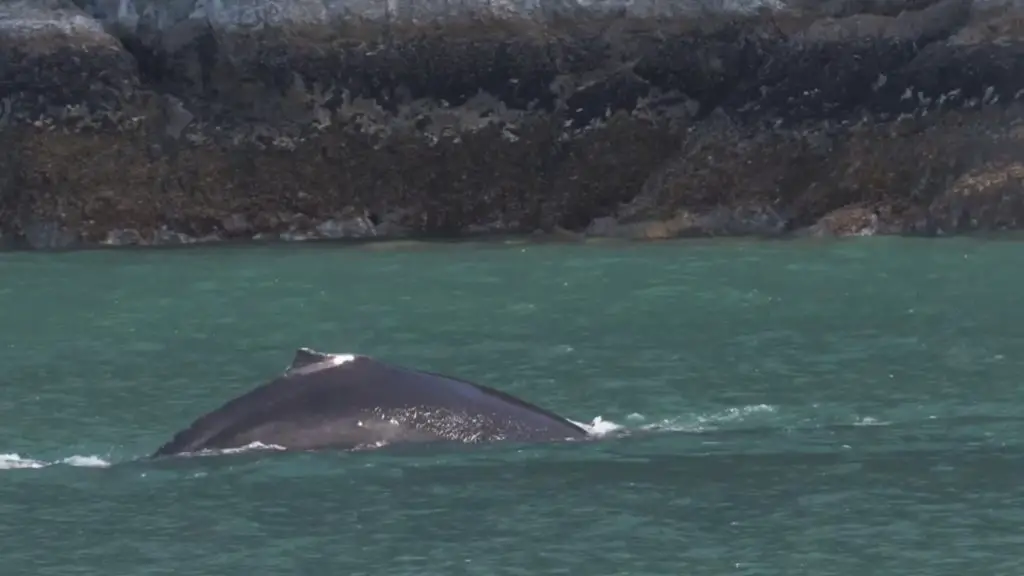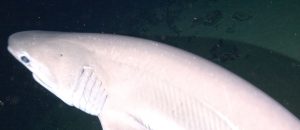This is the moment migrating humpback whales swim around an Alaskan bay and spray water into the air from their blowholes.
Several humpback whales (Megaptera novaeangliae) were spotted in the waters of Glacier Bay National Park and Preserve in the US state of Alaska on 9th June.
According to the park, the whales migrate to the national park every summer and biologists can identify them by their unique tail flukes.

Last week, park biologists spotted a pair of whales known as #2150 and #1654 as well as another pod of three humpback whales with a little calf.
In the video shared by the park, the whales are seen spraying water in the air from their blowholes and swishing their tail flukes.
These endangered sea mammals are known as the giants of Glacier Bay National Park and Preserve and can group up to 40 to 50 feet in length and weigh around 40 tons.

Despite their large size, they are incredibly mobile and can perform full-body breaching, lunge manoeuvres, pectoral fin slaps, and tail-lobbing in the water.
Humpback whales get their name from their typical diving pattern where they arch their back before their final dive.
They migrate to the Glacier Bay region every summer for food. They usually spend the winter months in the waters of Hawaii or Mexico where they go through a fasting process. In the summer, they feast on the small schooling fish that often concentrate in the nutrient-rich waters of Glacier Bay.

In addition, the national park is also a Humpback Whale sanctuary. The number of whales spotted in Glacier Bay grows every year thanks to some of the strongest protection measurements found anywhere in the world.



